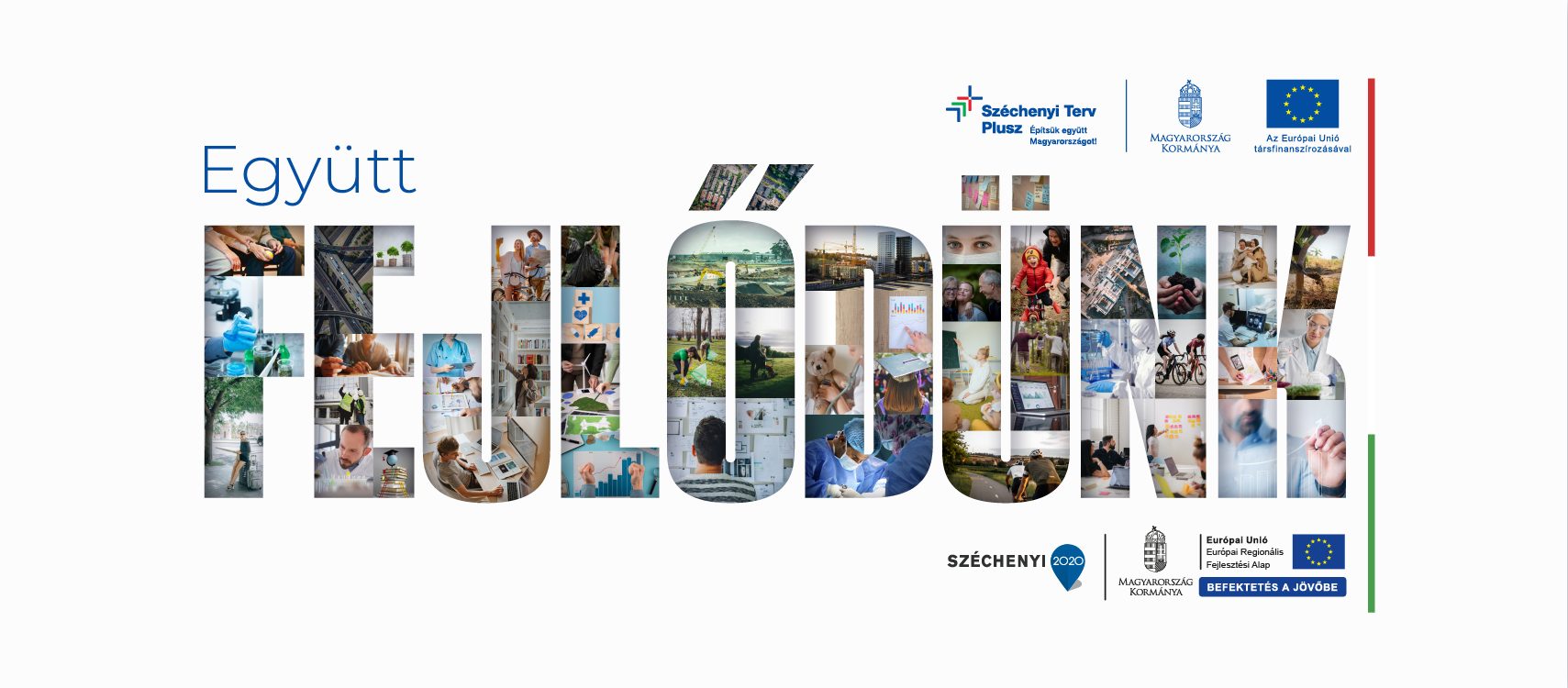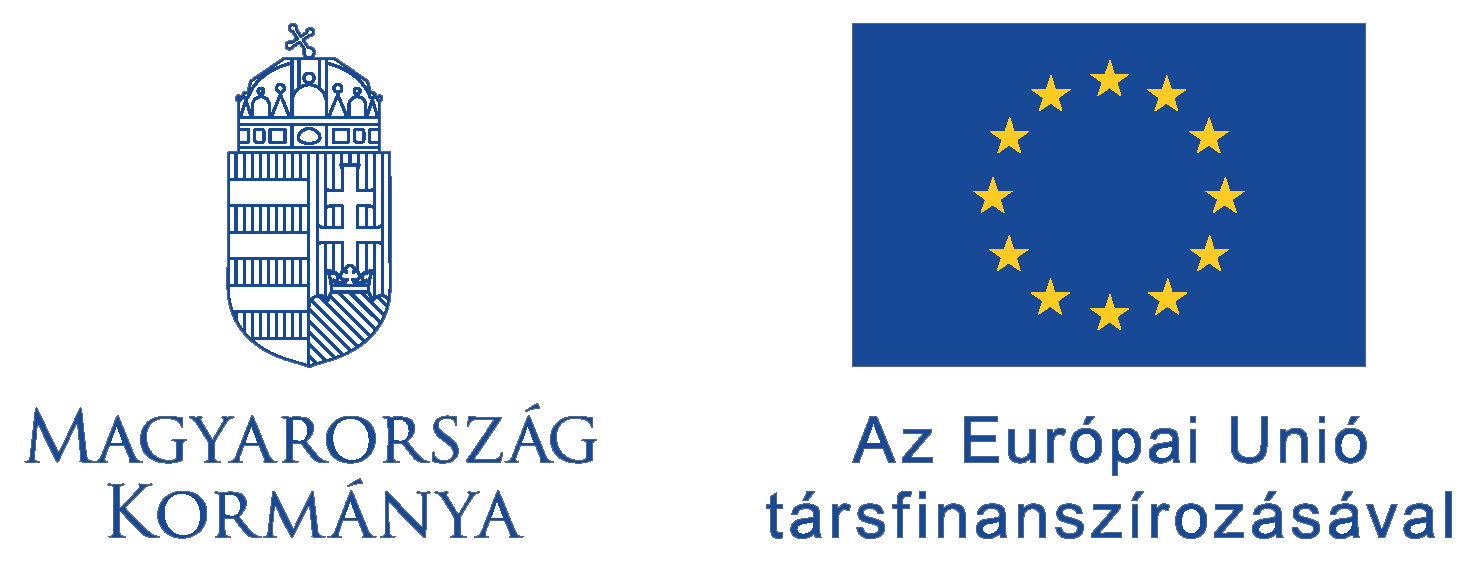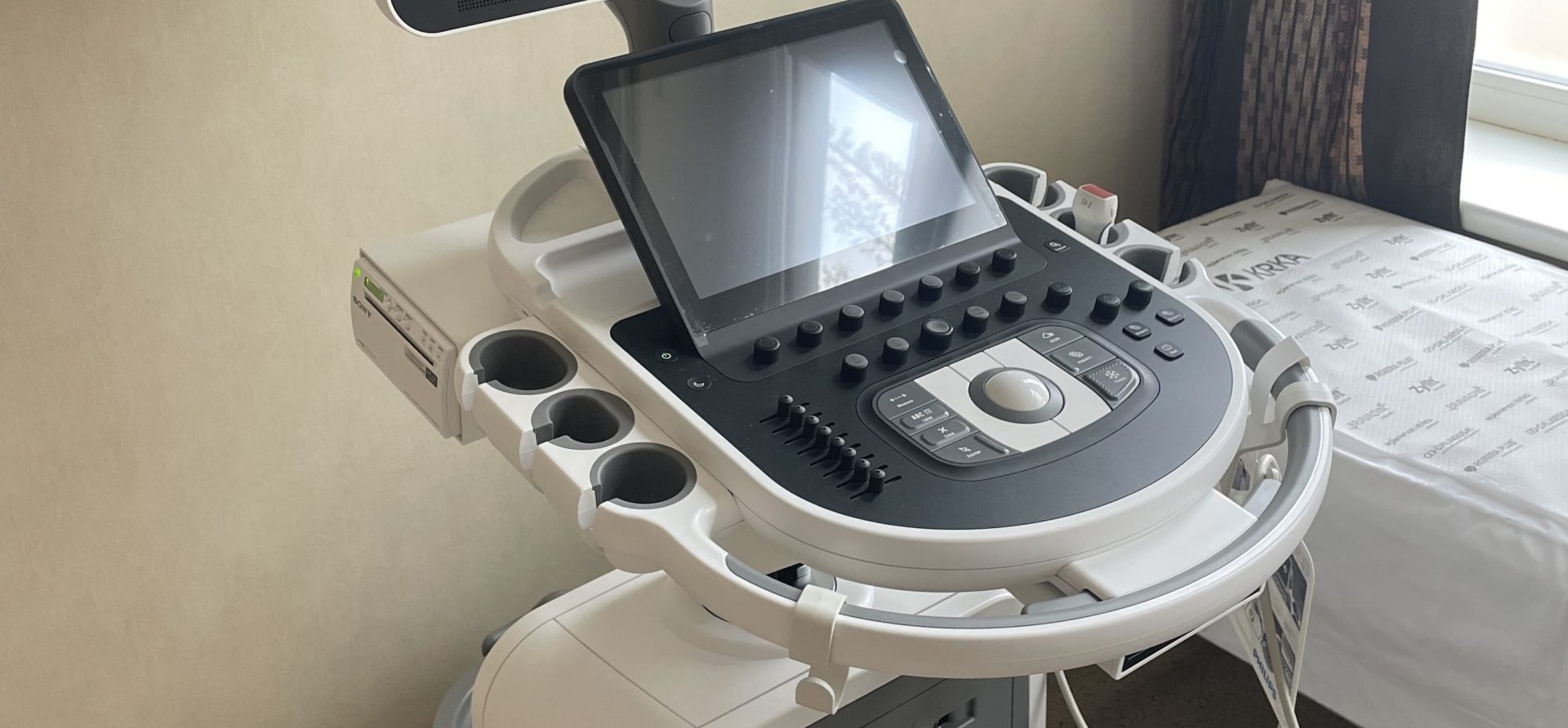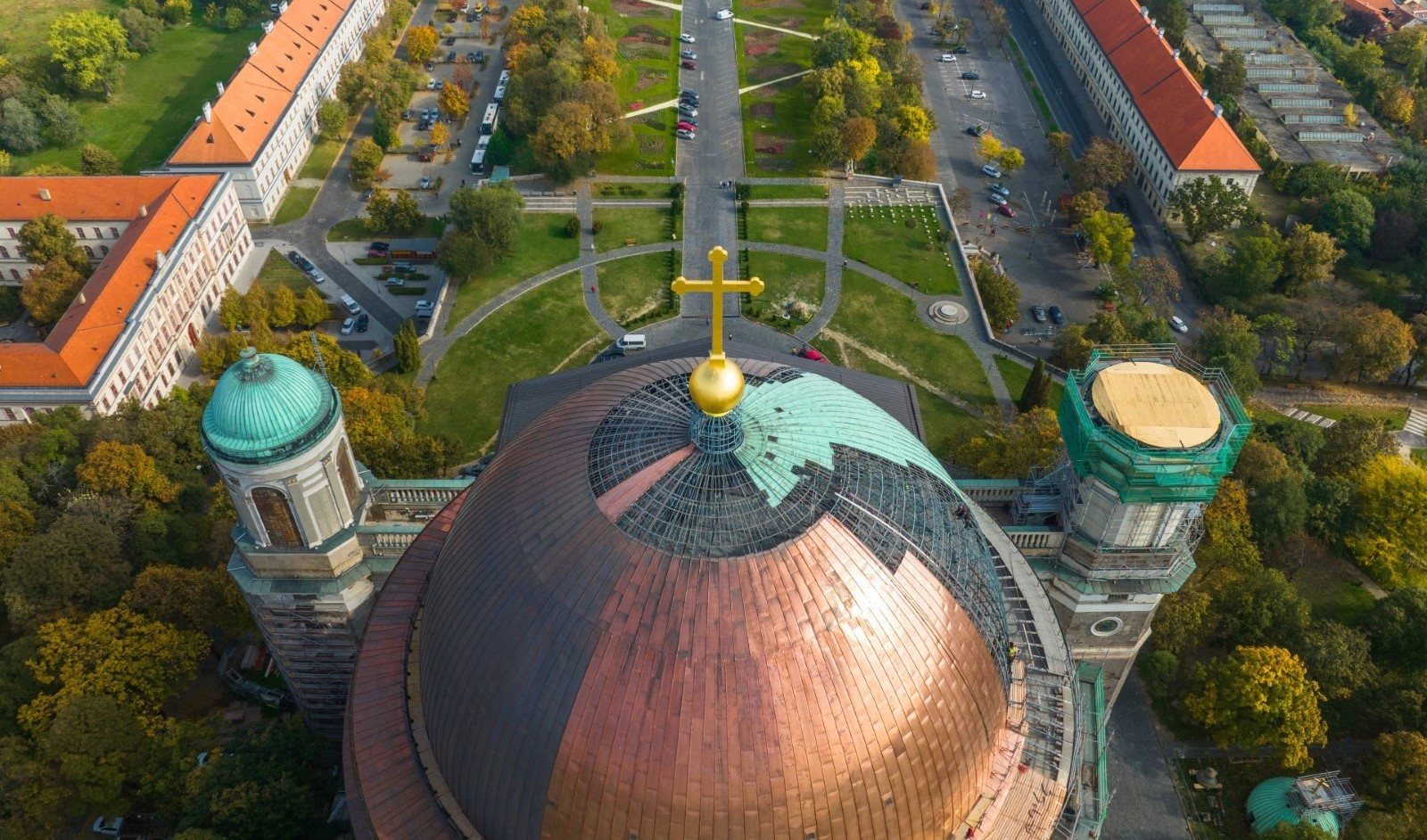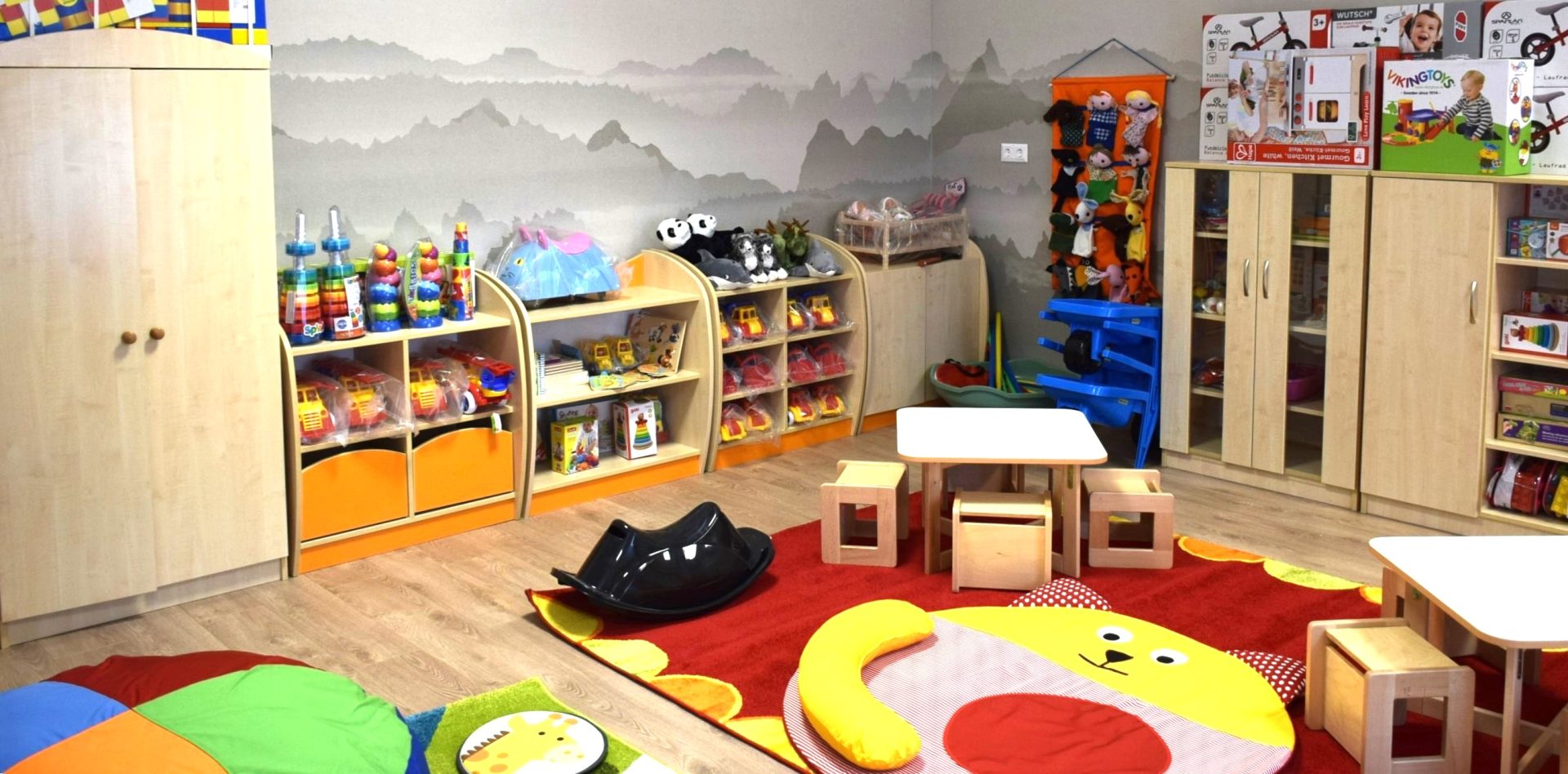As a result of the project, a connection between Etele Square and Kelenföld railway station has been created, allowing fast and comfortable transport for people travelling in Budapest. During the seven-year programming period between 2014 and 2020, many investments were implemented throughout the country in the framework of the Integrated Transport Development Operational Programme (ITOP), thanks to which the Hungarian population can use quality public transport services.
Thanks to the EU grant, Tram line 1 has been extended to Etele Square. The aim of the project was to effectively link the Etele Square junction with South Pest and Kelenföld, allowing faster access to these areas.
Tram No 1 is now the fastest tram in the city: thanks to the renovation and traffic light adjustments, it has an average speed of 22.4 km/h, faster than the M1 metro. The project has resulted in a significant reduction in air and noise pollution on Etele road. The new interchanges will also allow more people to use public transport, thus reducing the number of cars in Budapest.
The EU funding was key to the project, and is an important improvement in Budapest’s community transport, contributing to a more efficient and sustainable transport infrastructure and improving the quality of the urban environment.
| The idea and the design of the tramway line running through Budapest is linked to Mór Balázs (1849-1897) and the Siemens & Halske company. The transport engineer was the general manager of the Budapest Municipal Electric Railway (BVVV) and is known as the creator of the capital city’s tramway system. The first step towards the creation of a tramway line in Budapest was project proposal by Siemens & Halske for the construction of an electrified road railway. The ‘test tram’ section of the overhead line was completed in October 1887, and Gábor Baross gave the go-ahead for its launch. The test tram, which was given a deadline of just two months, started on 28 November 1887 with the first engine and cars. The purpose of the test tram was to convince decision-makers that tram transport could offer a solution to the transport problems in Budapest. The test run was a success, with passengers and even horses quickly taking to the new means of transport. In Tram line No. 1, electricity was supplied to the cars from below to avoid cables hanging across the street. |
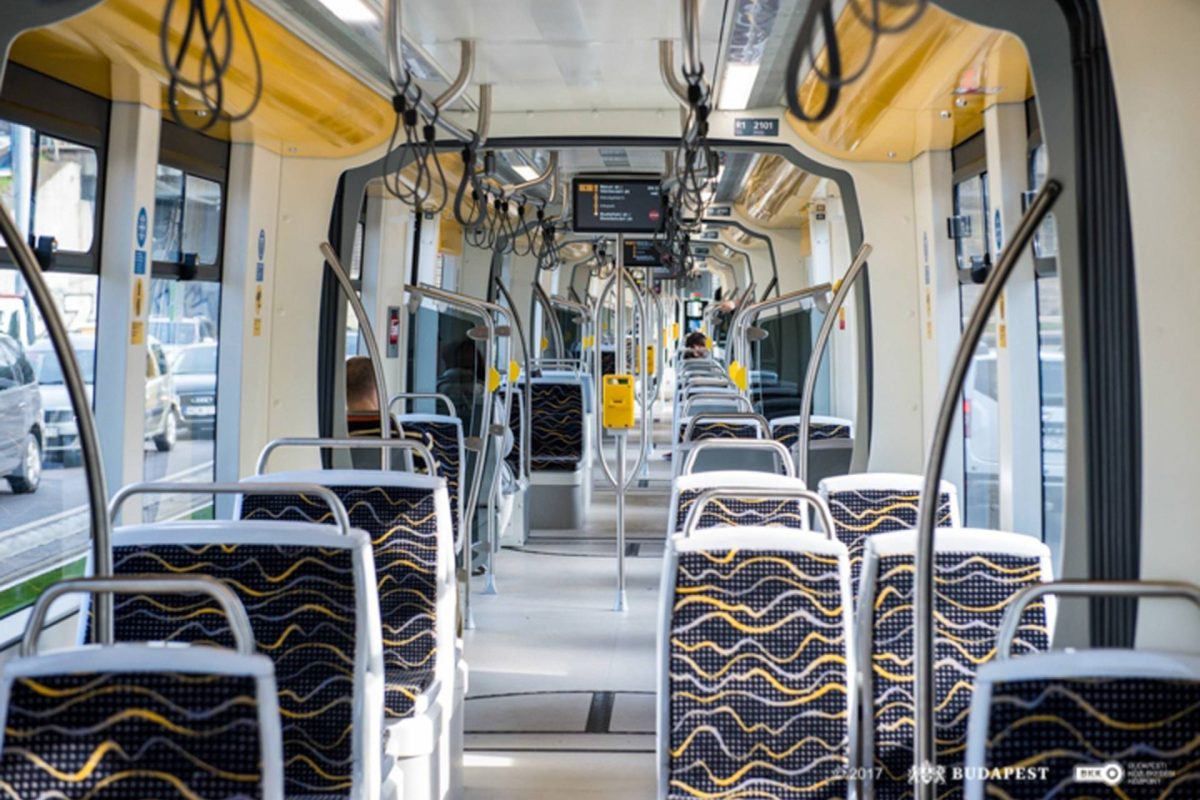
The project was implemented in the framework of IKOP-3.1.0-15-2016-00007, with the support of EU funding.
You can find out more about the project in the Funded Project Finder: Details
